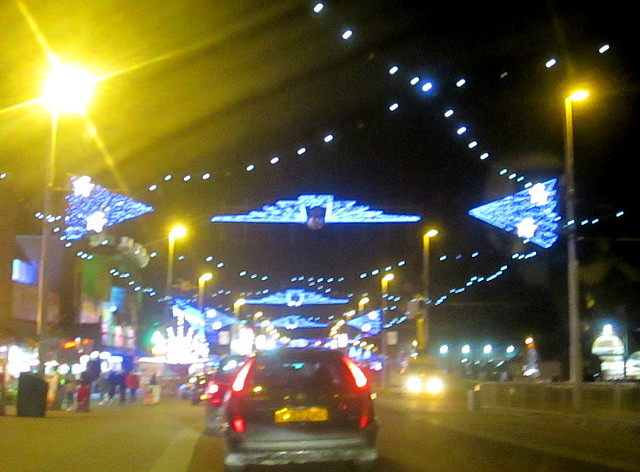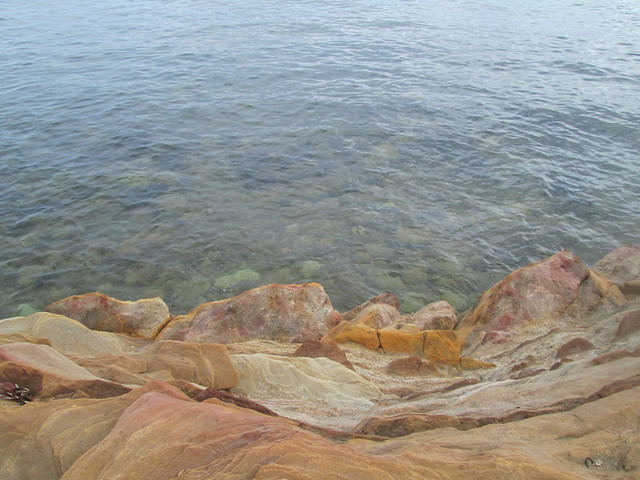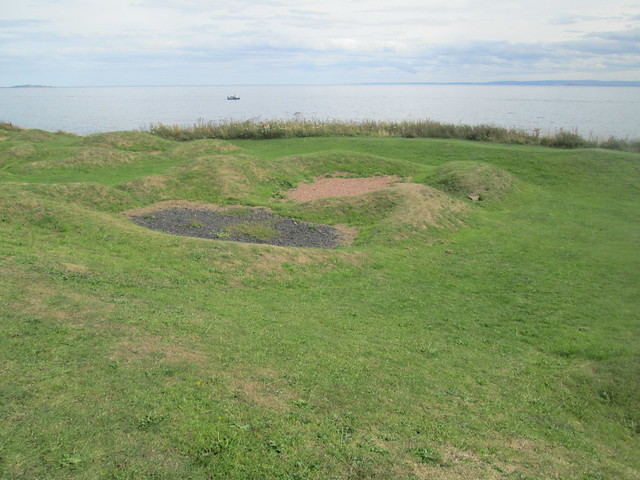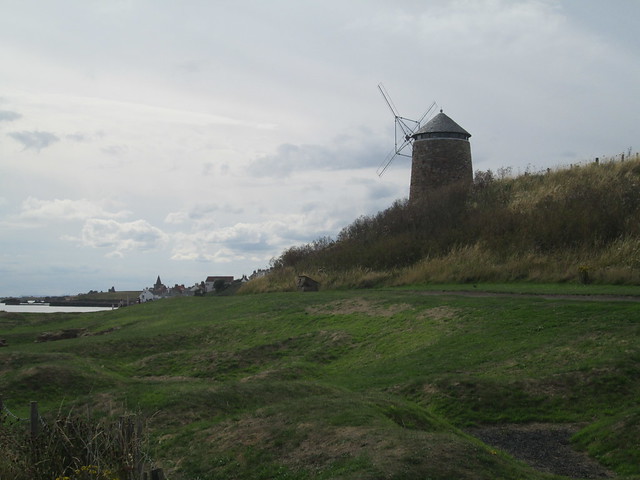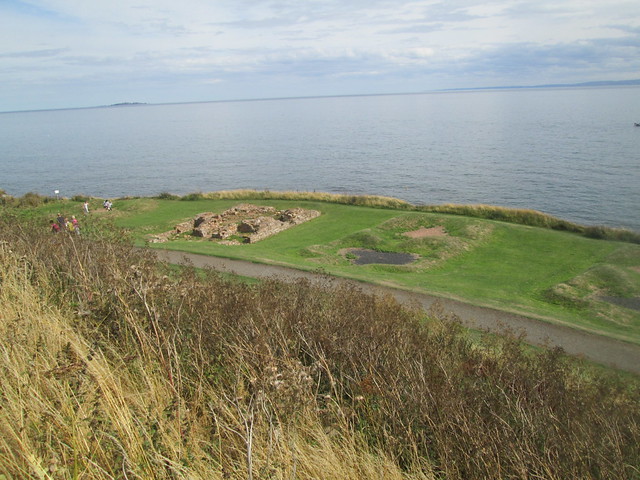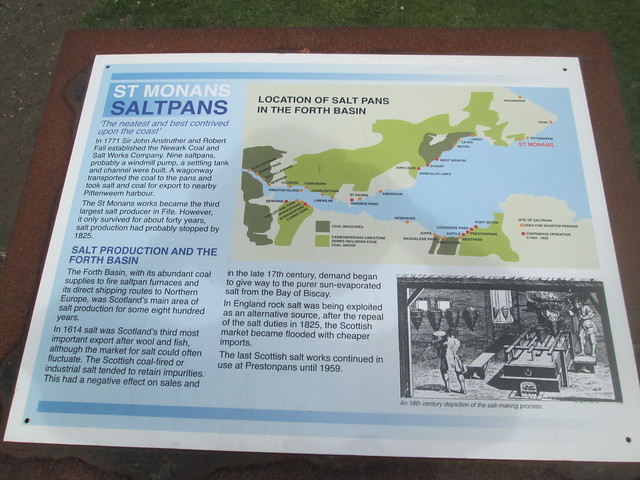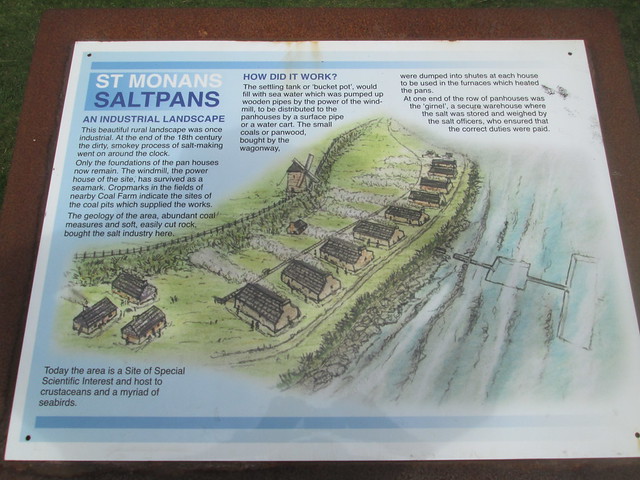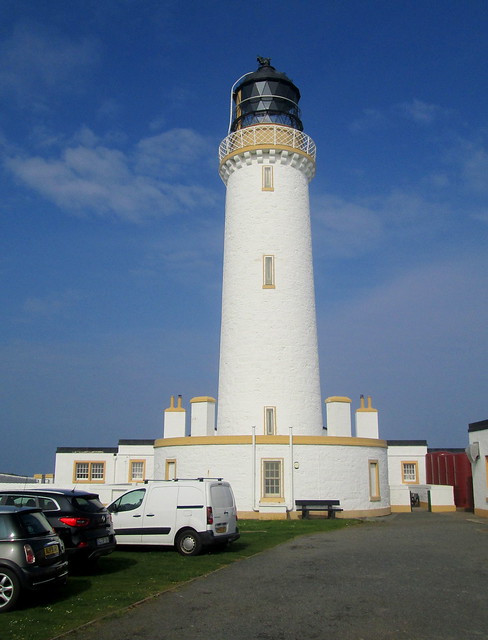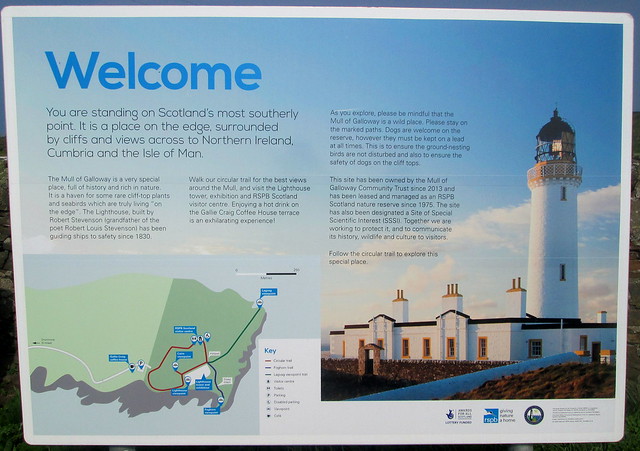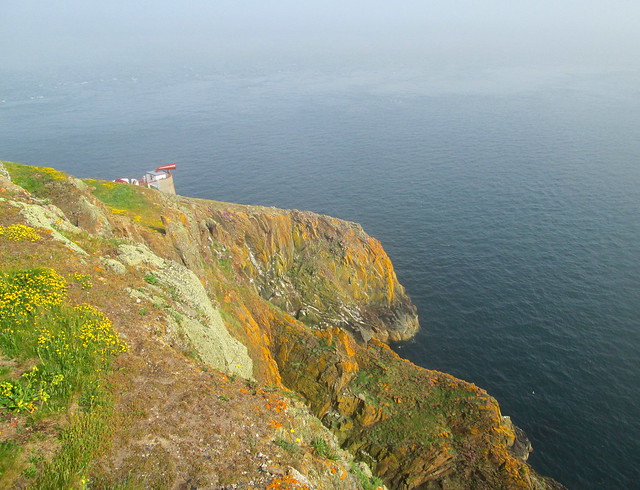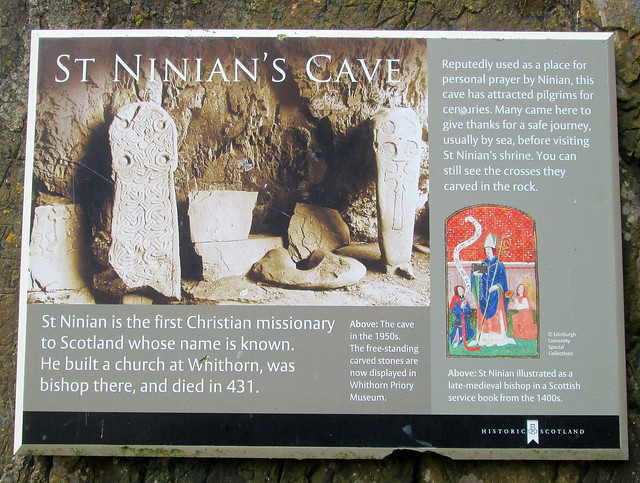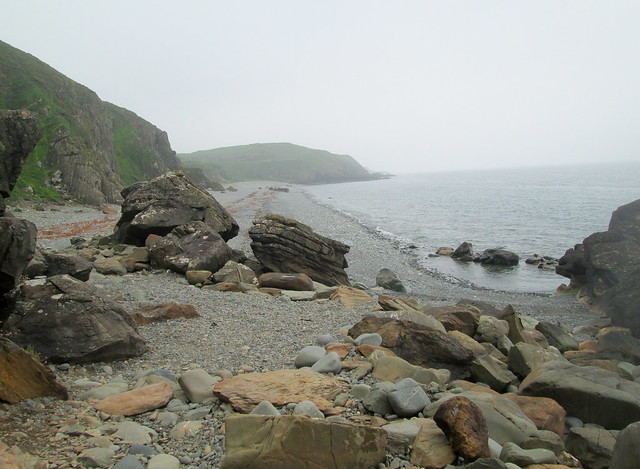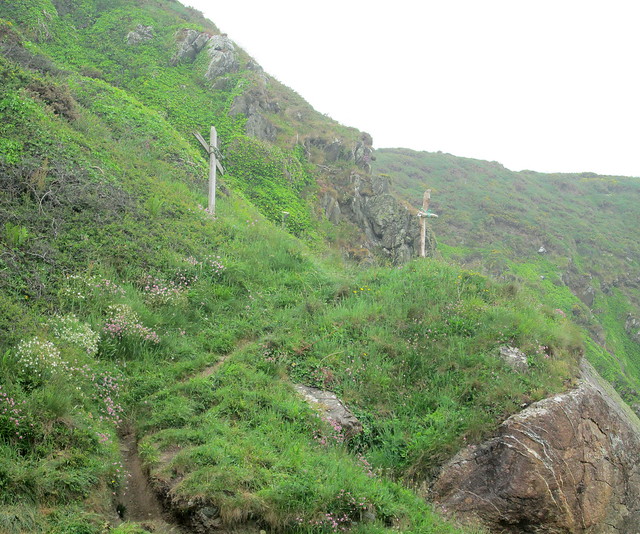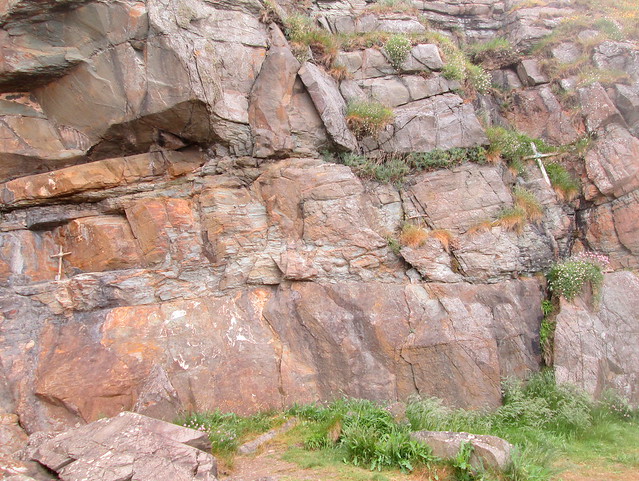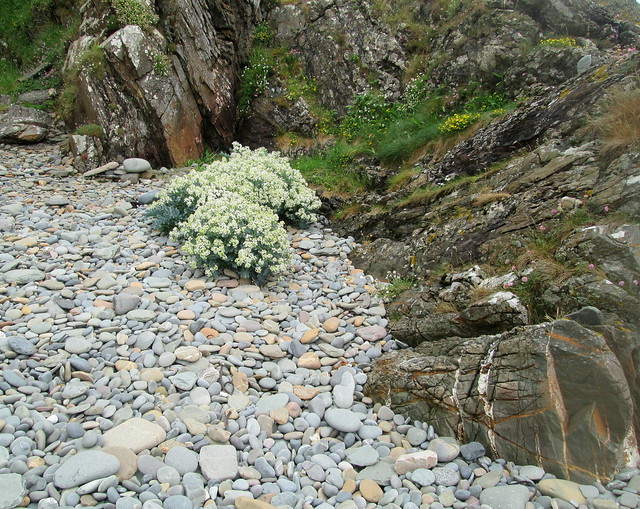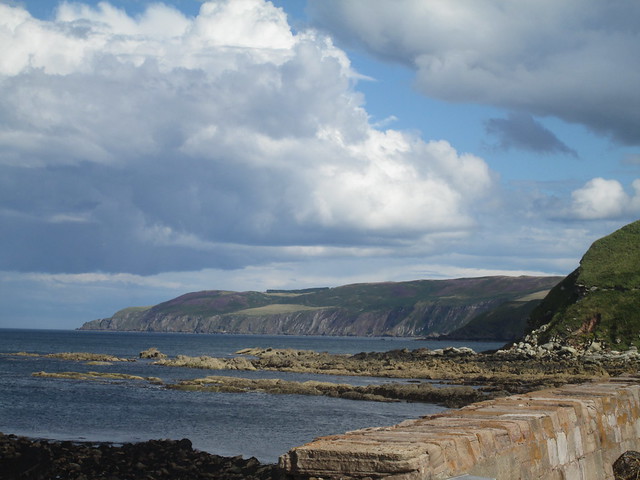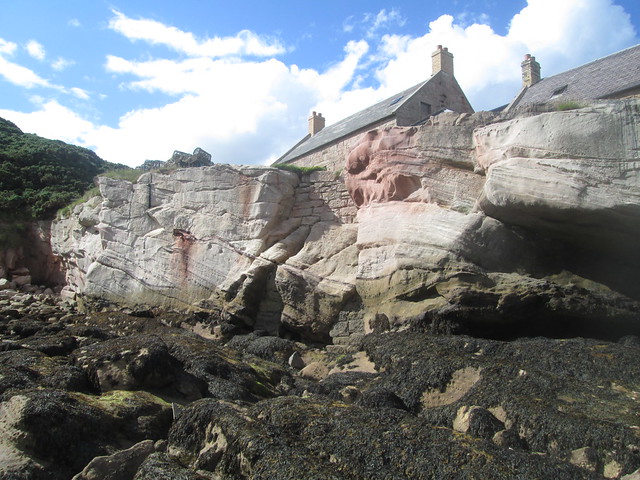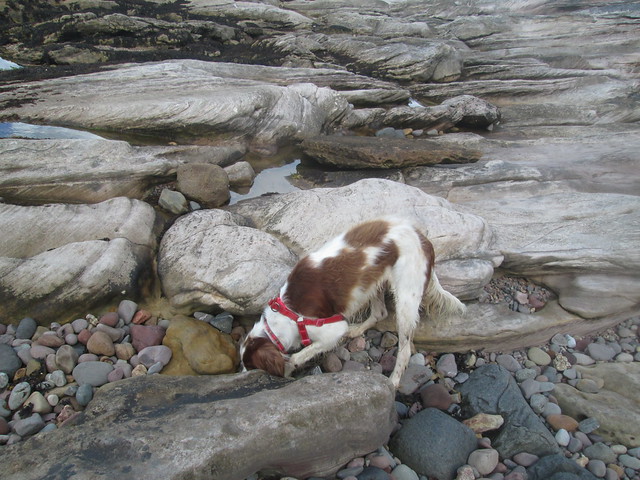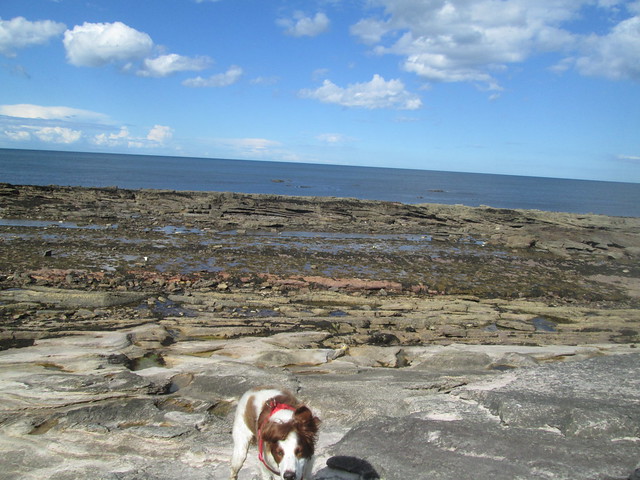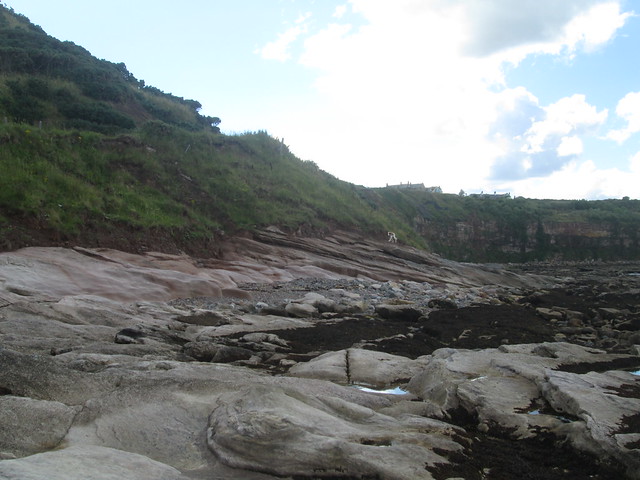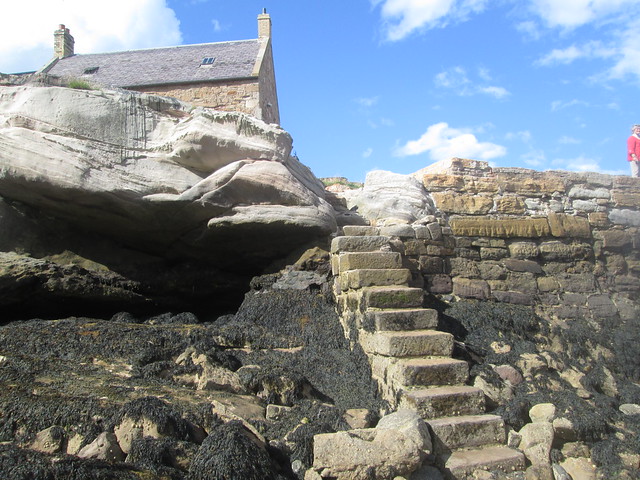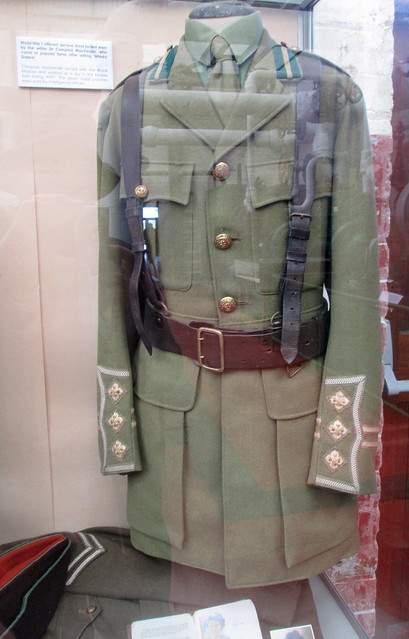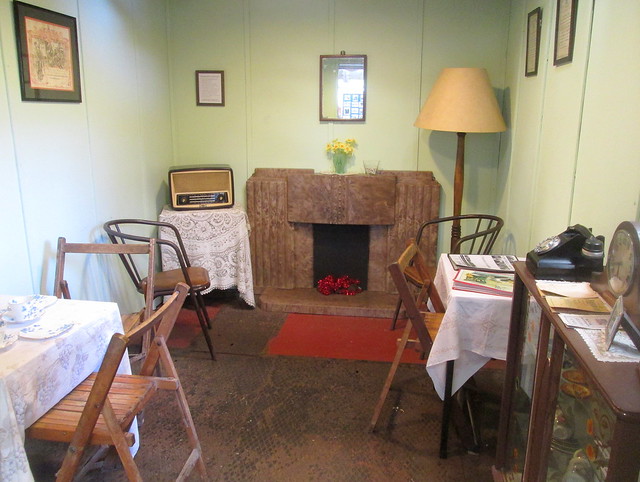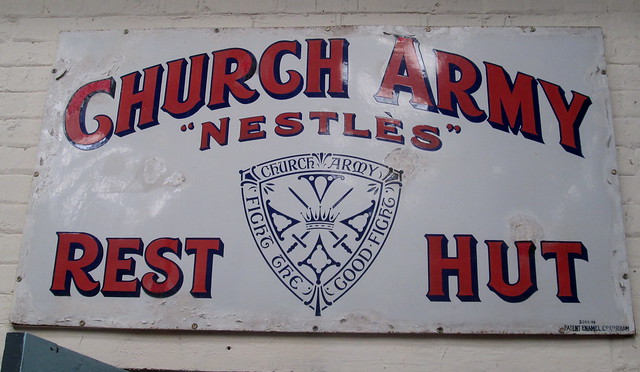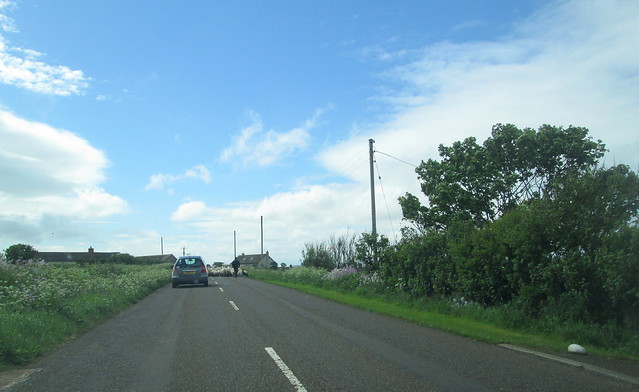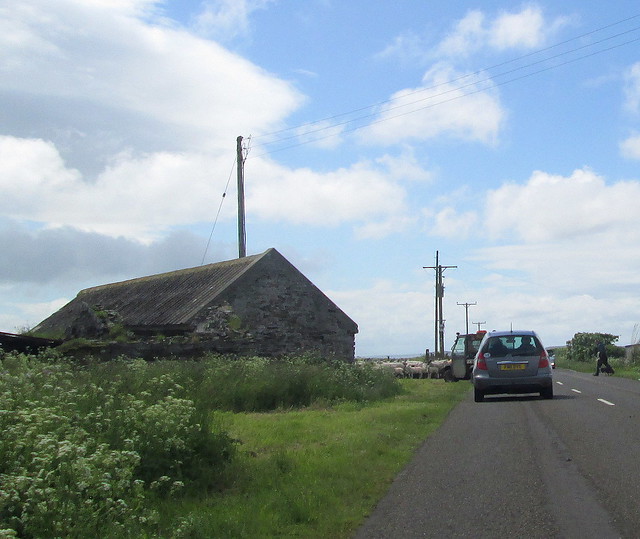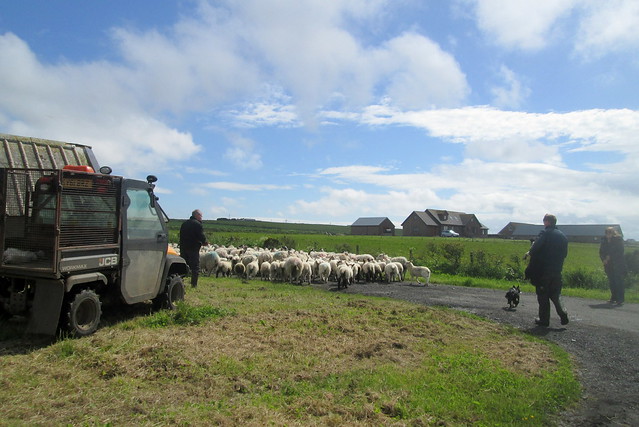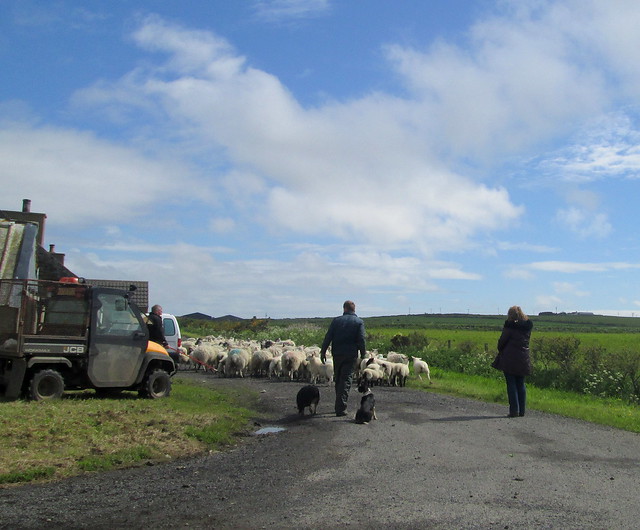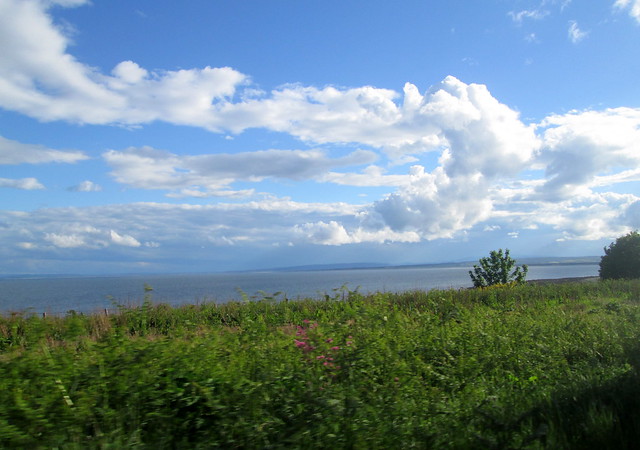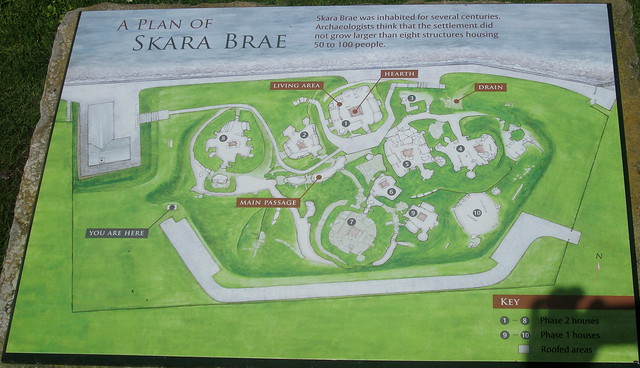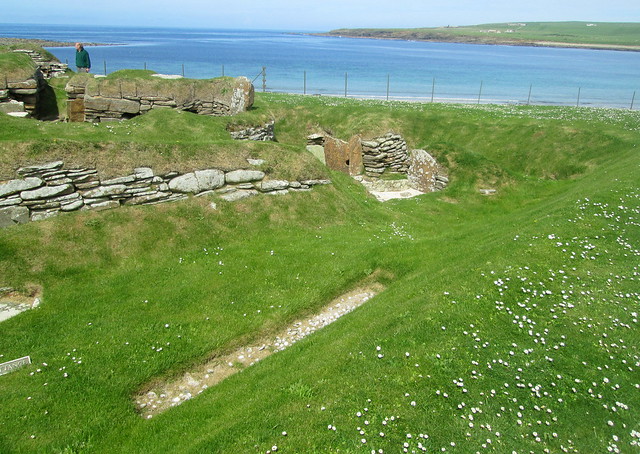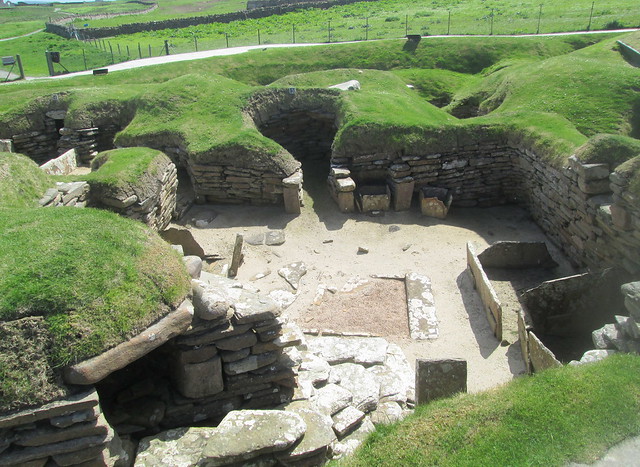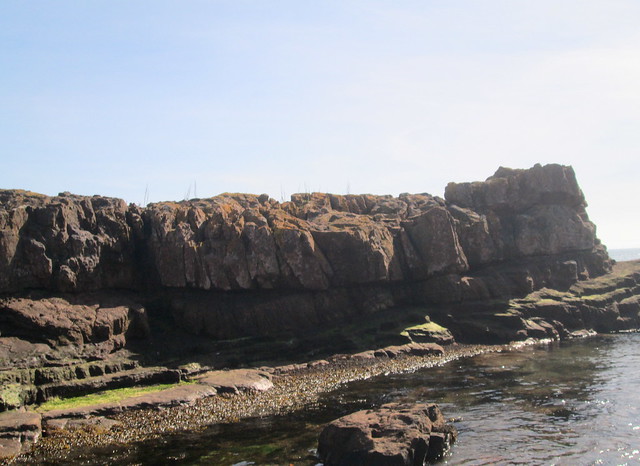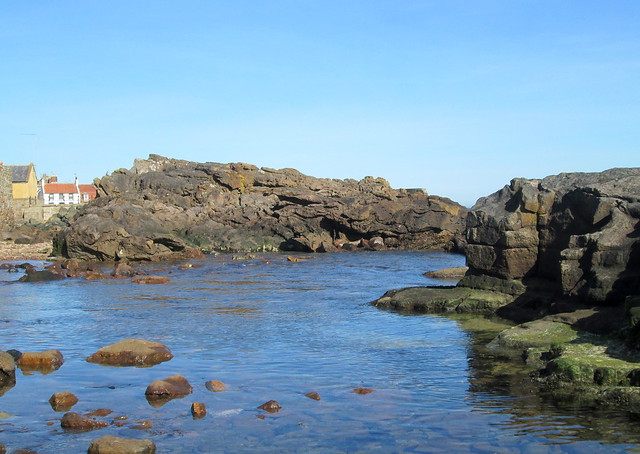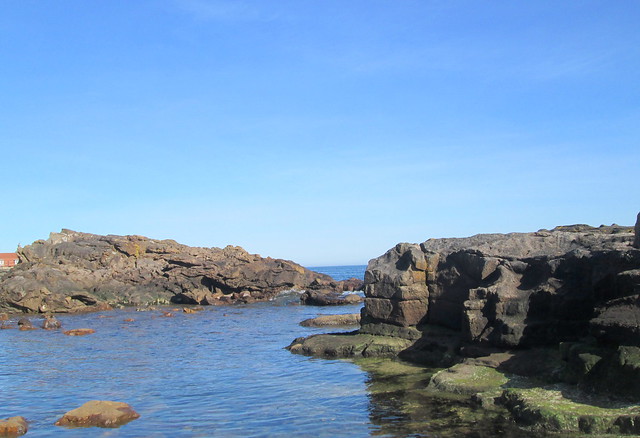
Last month when we were visiting friends in the north of England for a few days we were taken to see the Blackpool Illuminations – a first for both of us. I had heard that Blackpool was like lots of British coastal resorts, very much down-at-heel and that’s true for some parts of it. The sad truth is that it’s often cheaper for people to travel to Spain for a week than to stay in a seaside hotel in Britain.
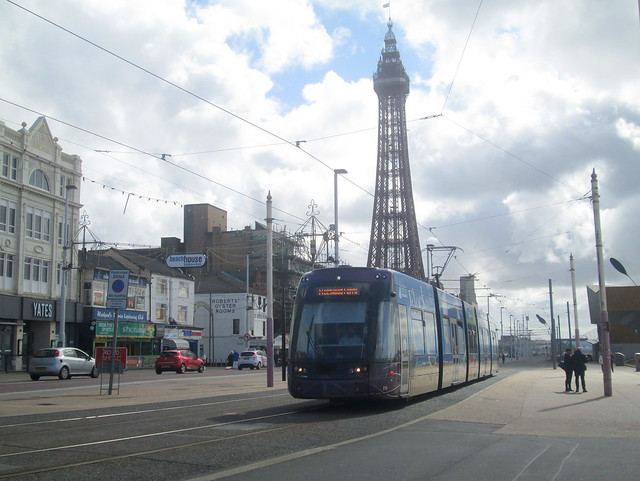
You can’t go to Blackpool and not buy some rock, it comes in all sorts of weird flavours nowadays, not just the mint of the past. So chilli, salted caramel and cheesecake flavours purchased, it was time to look at the Blackpool Tower. The TV programme Strictly Come Dancing must have been a godsend to Blackpool as it must have brought a lot of visitors to the place, to see the famous ballroom. But there was something going on in it when we were there, probably filming so we didn’t see the actual ballroom although there are still good Victorian details to admire in the rest of the interior.

We were treated to a splendid afternoon tea at a posh hotel, The Imperial – see above, but the framed celebrity photos on the walls spoke of a grander history when the likes of The Beatles and Jayne Mansfield visited.
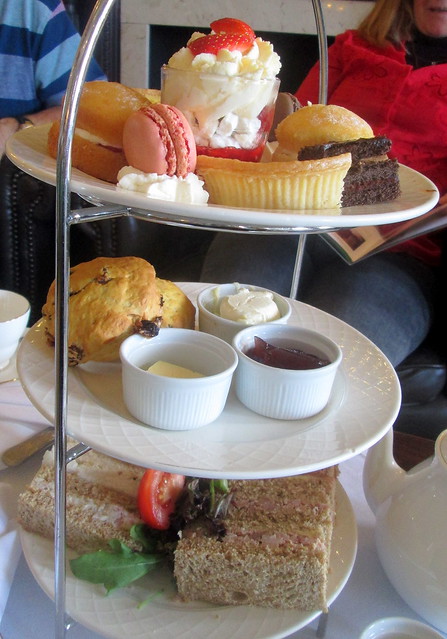
It was dry but windy and a wee bit chilly, so after filling up on delicious sandwiches, scones and cakes – twice as many as in the picture! – we got all day tickets for the trams and took a ride out to Fleetwood, about fifteen miles from Blackpool, but by the time we got there Fleetwood was shut! We had a walk about and Martin, who had gone there on holiday as a nipper, found a lot of changes although to me it looked fine, but was lacking the bowling greens and crazy golf of the past. There are a few buildings that would be recognisable by Edwardians who flocked to Fleetwood in its glory days as you can see from the photo below.
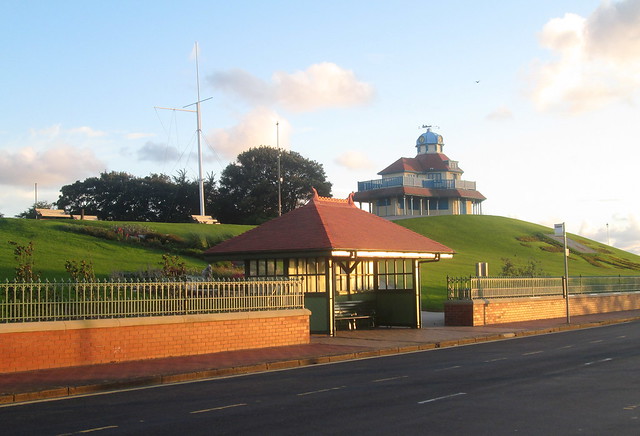
When we got back to Blackpool it was time for dinner, so we headed to a fish restaurant – as you do. Fish wrapped in batter is really the only kind that I like as it doesn’t taste very fishy.
By the time we had finished it was dark and the show had started, illuminations were lit up. I’ve known loads of people who go to the illuminations every year and I never really had any idea of what it was they were going to see – so now I know!
It’s a mixture of tableaux aimed at children I suppose, but I liked the Alice in Wonderland one.
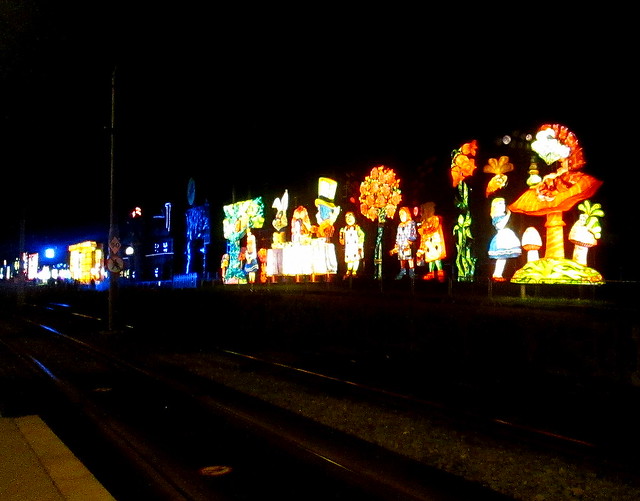

The trams are festooned with lights making them look like riverboats and old steam trains, and the street on the long esplanade is decked out in a variety of designs. I was really quite impressed and I was surprised to discover that the illuminations are so temporary. It seems strange that they don’t have them there for the Christmas and New Year celebrations. Sadly most of our photos were too blurry but you can see more photos of the illuminations here.
They certainly brighten up a cold dark night but I suppose could be thought of as being a bit tacky, I think it’s just a bit of fun to try to prolong the tourist season after the summer holidays are over. It must use up a lot of electricity though so I hope in future years they can power a lot of it by solar!
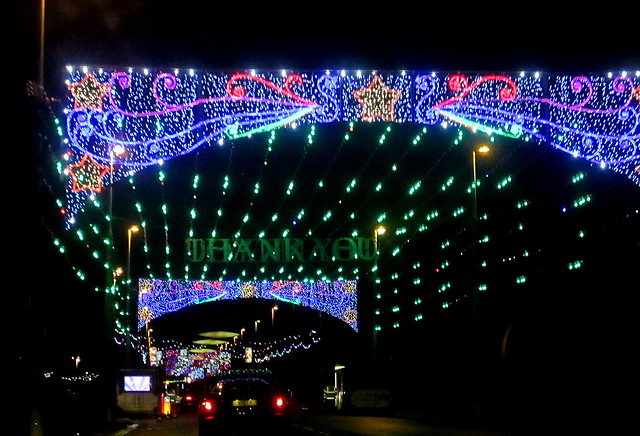
I thought you might like to see posters of Blackpool and Fleetwood in their heyday in the 1920s and 1930s.
